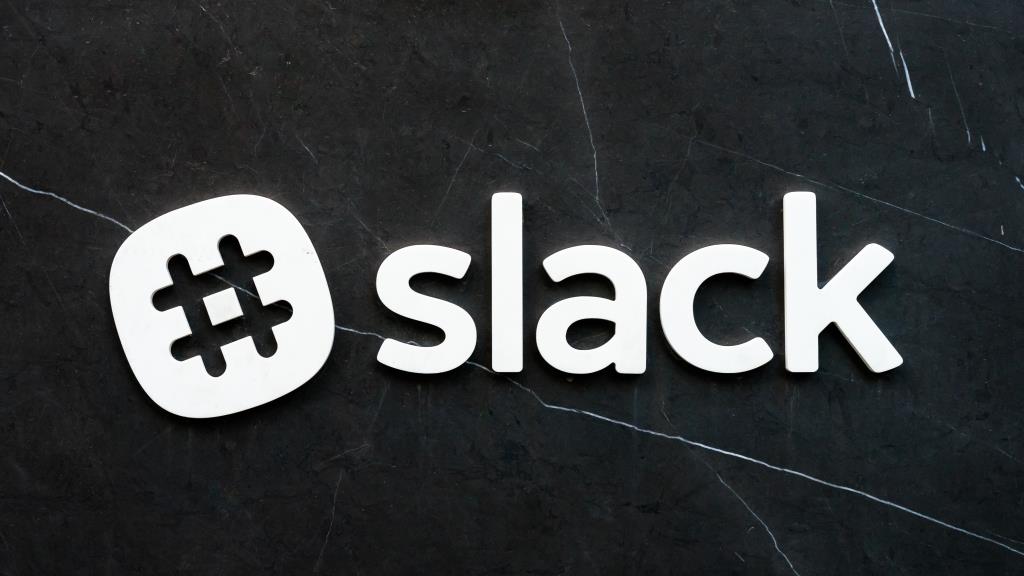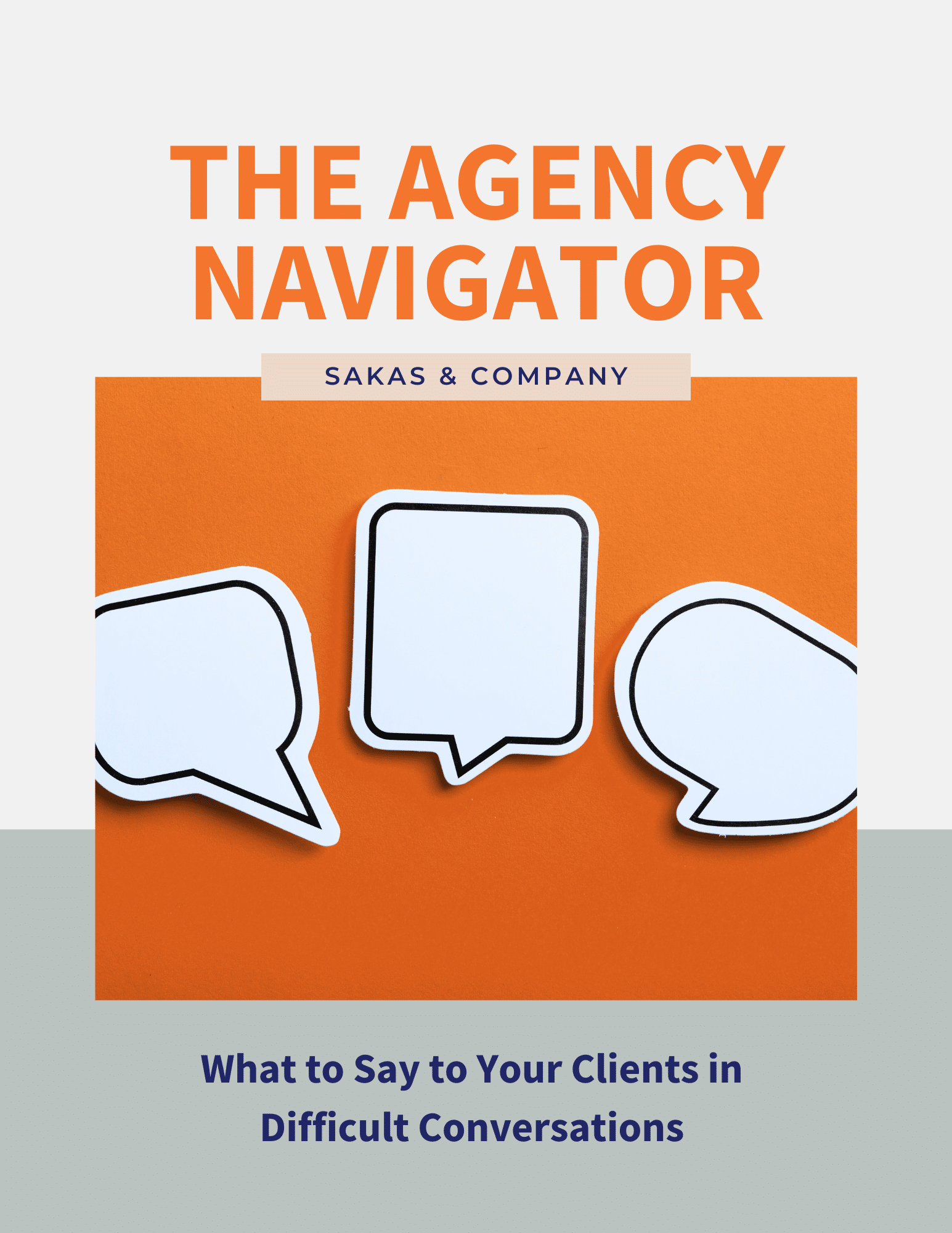Slack has become a popular agency communication tool. It’s an excellent app for businesses thanks to a wide array of apps, functionality, and even the option to do individual or group calls right within the app.
Slack has almost 3 million users and counting, with many of those being agencies who use the tool to coordinate within their teams. Remote teams use Slack for watercooler chats, startups use Slack to communicate with their clients, and marketing teams can use the app to connect with their target audience.
Why to have a centralized messaging app
Using a messaging app in your agency can have multiple benefits; from easier client communications (if you give clients access) to more seamless internal discussions. As long as you know how to prioritize and organize your groups, an organized communications platform can help bring together a remote team, improve company culture, and keep discussions documented and organized.
While Slack is a great option for agency communication, it’s not the only one out there. For example, Clerk Chat SMS solutions that can be helpful for teams who are on the go or who want a more direct line of communication with their clients. Additionally, Clerk Chat includes a variety of other social chats that can be integrated into your agency’s communication strategy, making it a versatile option for those who want to explore different channels for their messaging needs. Ultimately, the key is to find the platform that works best for your team and clients.
Slack is increasingly popular as an agency communication tool. And yes, Slack can even [help] save you from email. Here’s how to make the most of it…
Tips to use Slack for agency communication
Here are 12 ways to make life easier when you use Slack at your agency!
Commit.
Slack works best when everyone’s using it. If you have naysayers, consider a trial first—”use Slack for [almost] everything for a month.” But ultimately, they don’t have a choice—you need 100% participation.
Create naming conventions that will hold up over time.
For instance, ideally do a combo of first and last name; no one wants to be @Bob2 or @BobSmith if CEO Bob grabbed @Bob. It’s about effectiveness, too—having similar names means people will get mis-tagged.
Think about the channels to create.
Agencies often have channels for each team or each pod, as well as each functional area (e.g., design, development, marketing). Some agencies have channels for discussing each specific client, but that can be overkill. Consider having a channel for office operations to cover supply re-orders, etc.
Have “fun” channel, for sharing non-work stuff.
This is helpful for building and maintaining culture, by keeping people connected.
Be clear about followup protocol.
That is, what should people do if they’ve asked about something on Slack, but haven’t gotten a response? I recommend putting the onus on the “asker.” That is, the question-asker should be responsible for following up with the appropriate person/people. (This goes beyond Slack—you’ll want to sort this out for other communications channels, too, to avoid hurt feelings and dropped balls.)
Look into Slack apps to make life easier.
Search for “Slack add-ons” for all kinds of ideas. For instance, you can use “Callie” to do a daily countdown to a particular deadline. You can also create custom bots to do task-specific things.
Encourage people to get the mobile and desktop app.
The apps improve the chances that people will see notifications. But encourage people to use the “Do Not Disturb” function, too—Slack is helpful, but it can become interruptive.
Use colors to distinguish teams.
Give each team in your agency a unique color scheme to make sure you’re talking to the right team. This helps people save time… and reduces that chance that they send something embarrassing to a client (if clients have access to your Slack setup). Weigh color choices if team members are color-blind.
Migrate any regular updates to Slack.
If your teams does regular updates or weekly check-ins, having them in Slack (versus an endless email thread) will simply communications and make it easier to track. You can do word searches on Slack, so you can search the dates of the updates or specific words you remember.
Plan to adapt.
The way you use Slack will change over time. Plan on reviewing things every 3-6 months, to see if you need to adjust how you use it.
Set up the Google Docs integration.
That way, any Google Doc URLs will become proper files with useful titles. Slack has plenty of integrations to make it work even better and help you operate with more efficiency.
Plan when to upgrade to a paid plan.
Slack is free to use, but you’ll need a paid plan for things like group calls and archiving more than 10,000 messages. (You’ll get there soon enough!) Budget for when it’s time. I recommend planning to get a paid version, but wait until you see people have adopted Slack first.
Question: What are your tips for using Slack for agency communication?


